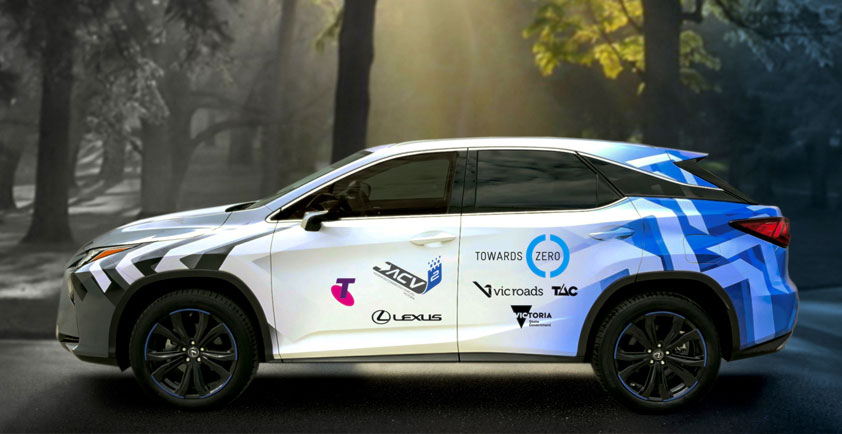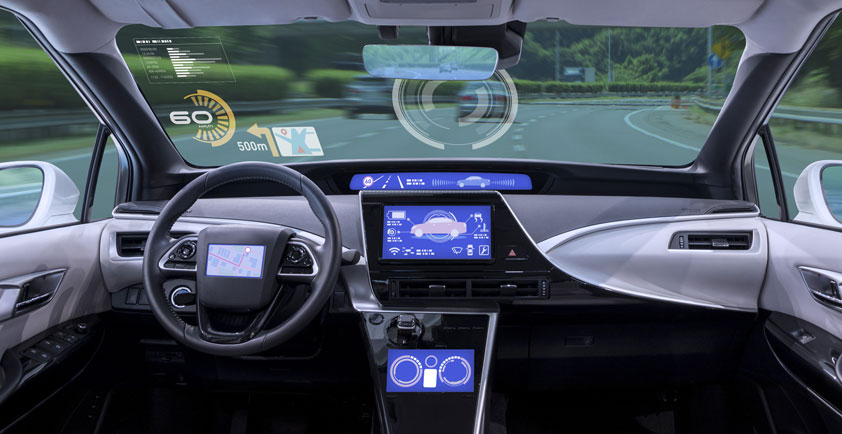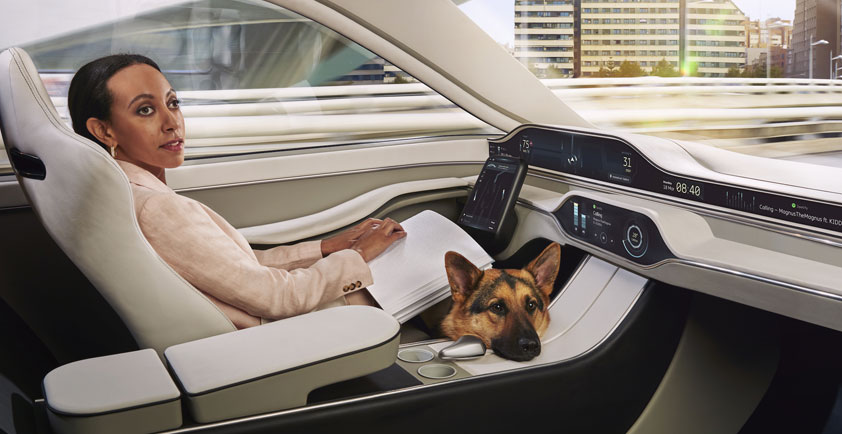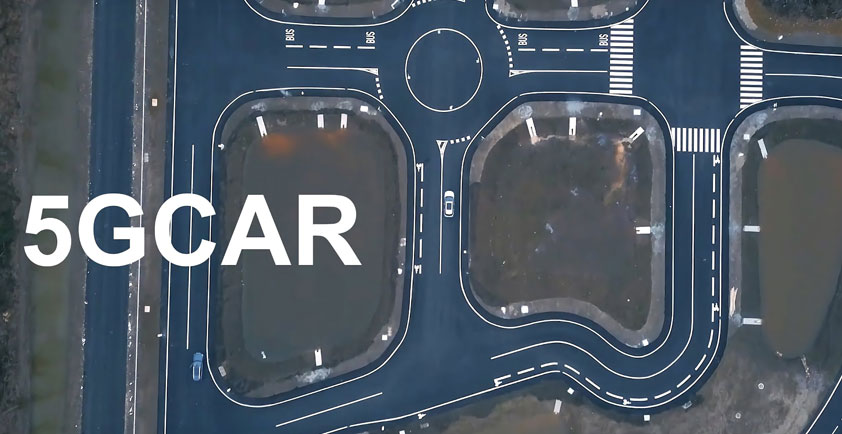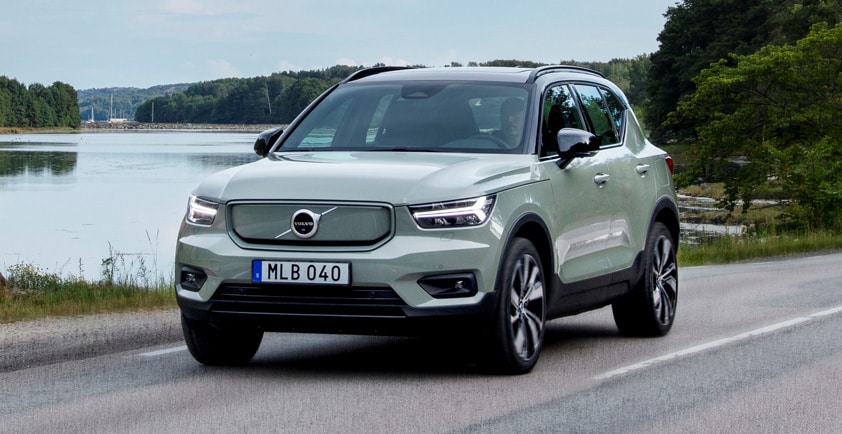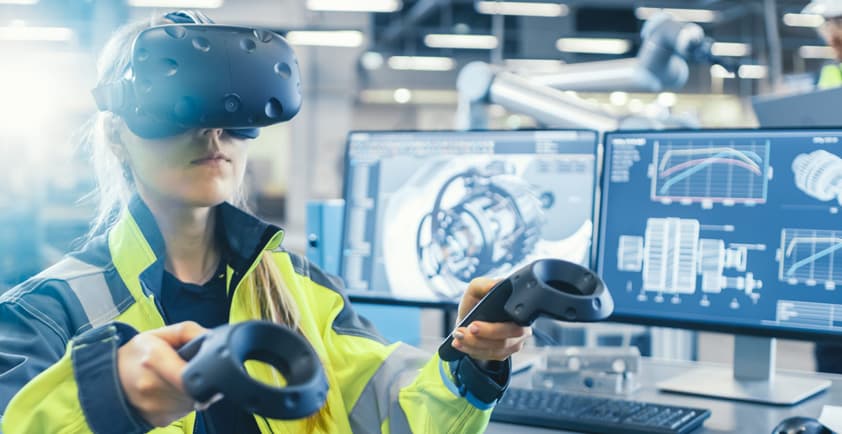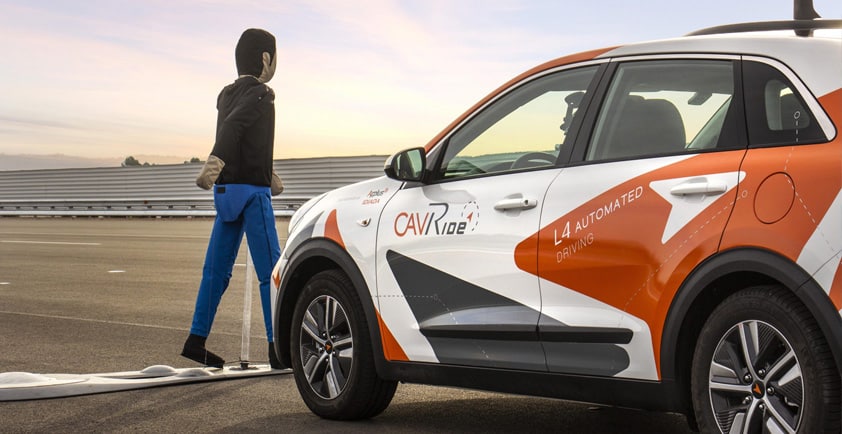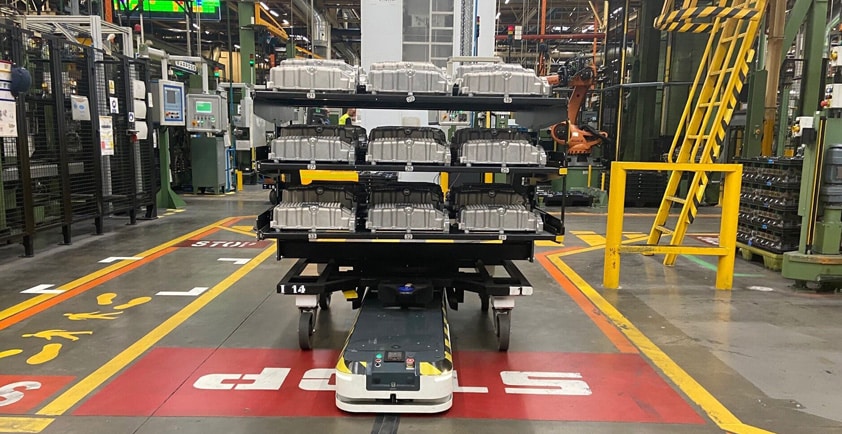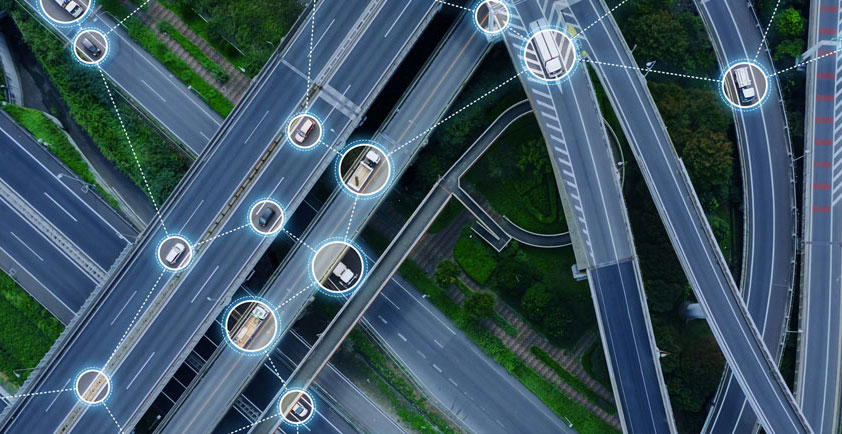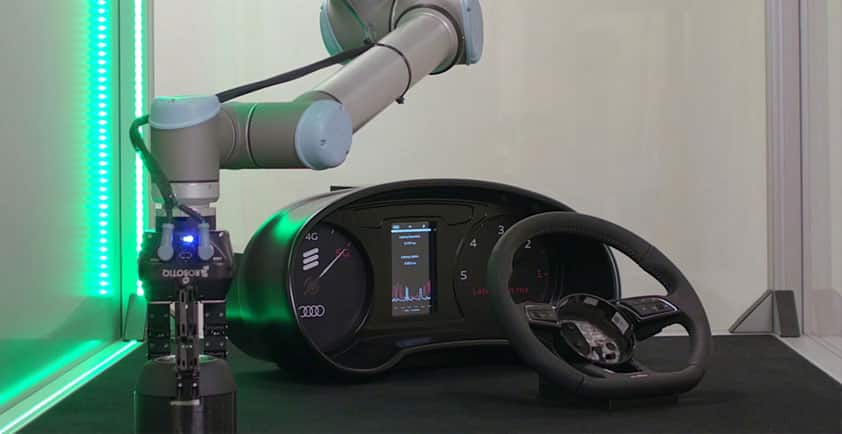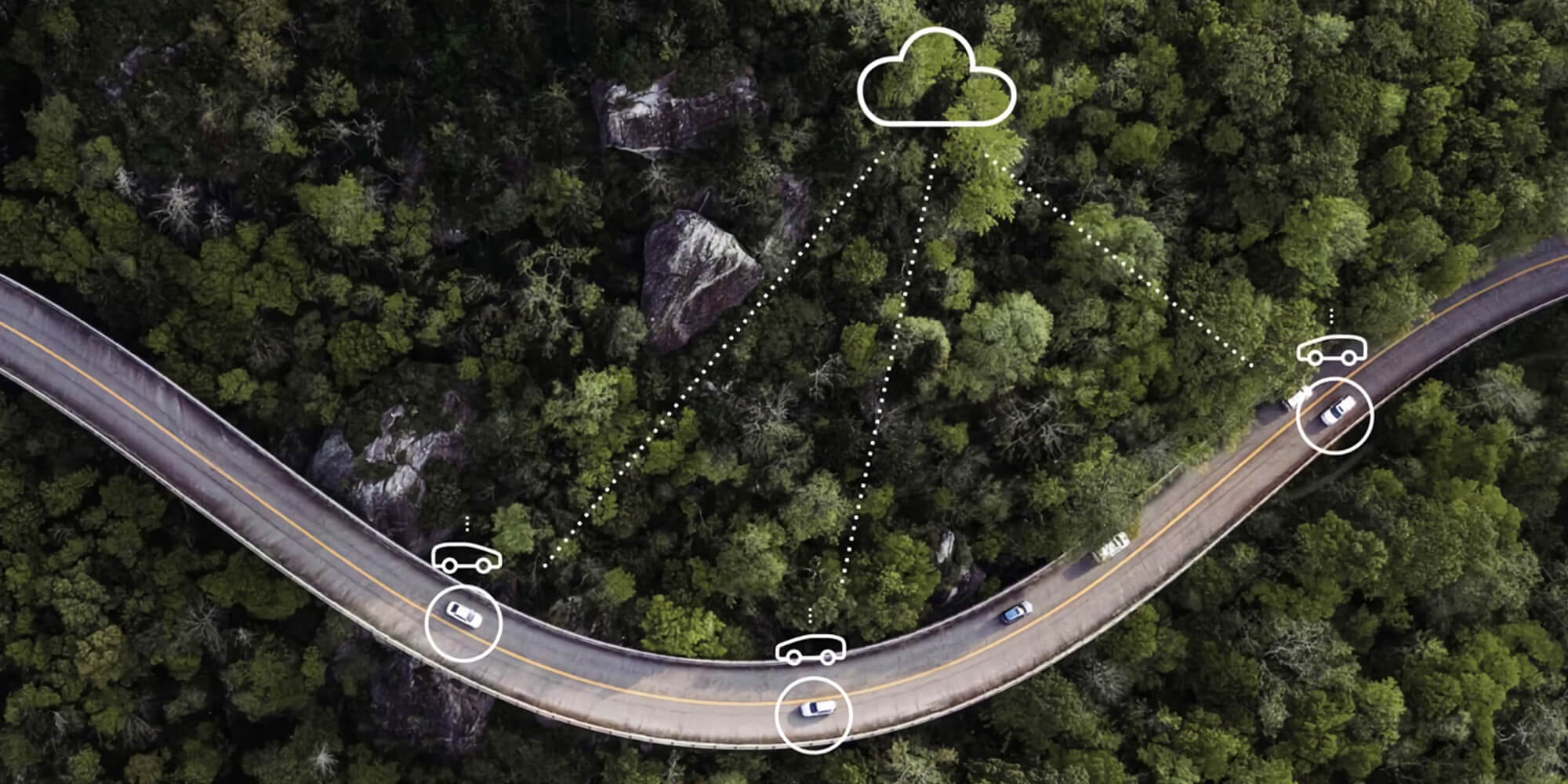
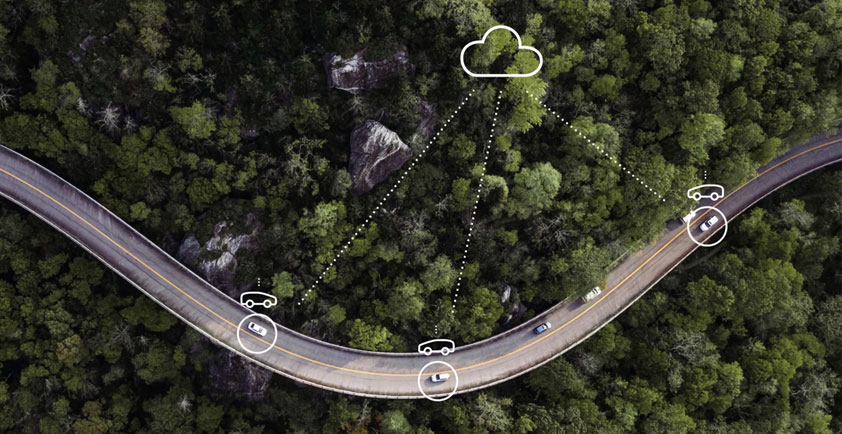
UNDERSTANDING CAR CONNECTIVITY OPTIONS AND IMPLICATIONS
The connected car is becoming software-defined, network-aware, and ultra-connected, transmitting data and “interacting” with the road and every other vehicle around it. Understanding these implications and challenges for the automotive industry can speed up the path for connected cars.
The transportation industry has entered an era of major transformation as vehicles are getting connected, electrified, redefined and more automated. Car connectivity is now considered a requirement from the start. The transition to this intelligent, connected car is already happening as the vehicle is now our smartphone, our map, traffic reporter, and personal DJ. Thanks to the pervasiveness of network connectivity, the car is becoming a more personalized and customizable transportation method, but there are still many challenges ahead. As 5G networks continue to be deployed, the Ericsson Mobility Report* outlines that the automotive industry is expected to be among the top four industries for 5G enabled service provider opportunities by 2030. With the continued roll-out of 5G, coupled with access to 4G LTE services, the connected car will transform once again and become a software-defined, network-aware, ultra-connected car that will transmit data and “interact” with the road and every other vehicle around it. However, prior to realizing this new reality, there are distinct challenges caused by the global nature of vehicle original equipment manufacturers (OEMs) and the local presence of communication service providers (CSPs) that must be addressed before transformation can take place.
Roaming must be enhanced
Roaming is considered the default operating model when vehicles travel between networks. However, today’s roaming solution was built for a single user traveling outside of their local network provider, not for convoys of ultra-connected vehicles navigating up and down highways across multiple cities and countries. With the promise of ultra-connected smart cars, the current roaming solution such as the agreements between CSPs, increased latency, and a large delay (up to roughly 120 seconds) of connectivity when being handed over from one network to the other, will all be an issue for the connected car of the future.
We envision two possible solutions to today’s roaming structure in order to enable the connected car. First, the industry should enhance the existing roaming solution through the creation of an alliance of CSPs, or second, the industry could use local subscriptions and eSIM technology for provisioning in each local network. Either alternative will help enable a car to stay connected when traveling across countries and states without the fear of losing connectivity and the services built on top of it.
Physical SIMs are a way of the past
Another challenge for smart car connectivity is switching network subscription when a car is sold. Due to a vehicle’s long life cycle, it will more than likely be sold at least once, if not multiple times. The use of physical SIM cards buried within the vehicle hinders the ability to change the subscription with ease. Transitioning to the use of eSIMs can enable provisioning of CSP subscriptions digitally, with the ability to change each remotely without touching the vehicle. This transition will allow a network subscription to pass from owner to owner with minimal disruption and will keep the car connected to a network throughout its life cycle.
Software updates and data fees
As the software-defined, ultra-connected vehicle becomes a reality, the amount of data flowing between the car and the surrounding environment will dramatically increase. From over-the-air updates to enhance the overall driving experience, the amount of data consumed will increase exponentially, and so will data fees. However, if all data is treated equally and billed to one subscriber, this raises a question: who pays? Are car owners eager to pay for general software updates driven by the OEM? Are OEMs eager to pay for entertainment-based data usage consumed by passengers?
To address this challenge, there are two main alternatives – a separate subscription for each individual service or multiple connections using a single subscription.
Multiple subscriptions can be active simultaneously when multiple services are needed, but they would be connected to the right data use case so that fees and costs are billed appropriately. Alternatively, multiple connections using one subscription would be based on the separation of traffic flow for differentiated quality of service handling using a single subscription and single modem. Through the separation of traffic flow, the correct data usage per service would be billed to the appropriate party.
As the vehicle gets more connected and relies on optimal and constant connectivity at all times, the driver will expect superior performance. The service in that car will benefit from connectivity performance alerts in order to adjust. If the upcoming route has lower connectivity, the car can proactively take action to e.g. buffer, download content. Or alert the driver that they are entering a low coverage zone where the streamed service or call may be impacted. Expanding the connected vehicles to become network-aware will secure superior customer experience.
How the cloud helps drive the connected car
The connectivity needs of the automotive ecosystem are complex and will become even more so as 5G and the ultra-connected car becomes a reality. To fully reach the potential of a global connected vehicle platform, the ecosystem must work together to reach its full potential. And Ericsson is leading the way. With our recent collaboration with Microsoft – we have integrated our Connected Vehicle Cloud solution with Microsoft’s Connected Vehicle Platform with access to Microsoft Azure – which will allow automakers to deploy and scale global vehicle services such as over-the-air software upgrades and connected safety services easier, faster and more affordable.
For the connected car to become a reality, the entire ecosystem across OEMs, CSPs, connected car platforms and cloud providers must collaborate to solve the challenges that face the automotive industry in driving a truly connected car without boundaries.
Author - Claes Herlitz, Vice President and Head of Global Automotive Services
